Agriculture's share in Nepalese economy falling, remittances and service sector rising
Agriculture made up 66.9 percent of Nepal’s Gross Domestic Product (GDP) in 1970. Close to five decades later, agriculture accounted for just 25 percent of the GDP in 2018, although 60 percent of Nepalis still depended on it for a living, according to a report
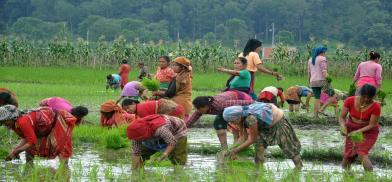
Agriculture made up 66.9 percent of Nepal’s Gross Domestic Product (GDP) in 1970. Close to five decades later, agriculture accounted for just 25 percent of the GDP in 2018, although 60 percent of Nepalis still depended on it for a living, according to a report.
“This means, the agriculture sector has not performed well and other sectors like tourism and manufacturing have overtaken it,” said Hem Raj Regmi, deputy director general at the Central Bureau of Statistics, which came up with the analytical report recently.
CBS is the central agency for the collection, consolidation, processing, analysis, publication and dissemination of statistics in Nepal.
“Clearly, we can now say Nepal has shifted from an agriculture-driven economy to a remittance-driven economy,” said Regmi.
But, while agriculture has a multiplier effect in the economy in the creation of jobs and supporting other sectors, remittance doesn’t directly contribute despite the huge amount of money it generates for the economic activities, particularly consumption, in Nepal, according to economists.
“Obviously, this is a cause for alarm,” Regmi told the Kathmandu Post.
According to the World Bank’s Migration and Development Brief, remittances to Nepal stood at USD 8.1 billion in 2020, a fall of about 2 percent compared to the previous year largely due to the pandemic as international flights were suspended for months.
The report said the contribution of remittances to the economy is equivalent to 23.5 percent of the GDP.
On the other hand, agriculture has been regarded as the mainstay of economic prosperity for its contribution to the GDP and livelihood of the population, according to the 15th Five-year Plan from 2019-20 to 2023-24 fiscal.
“But that’s only on paper,” said Yam Kanta Gaihre, a soil scientist. “The agriculture programmes and policies of Nepal are good, but they cannot get implemented.”
Economists say low returns from agriculture is the key reason behind its falling allure among Nepali youths.
Internal factors affecting Nepal’s agriculture sector growth are insufficient public investment, inadequate irrigation infrastructure, poor agriculture-related marketing policies, and climate vulnerabilities.
Then there are external factors. These include excessive economic liberalization and zero tariffs on agricultural products.
Nepal has drafted various plans and policies to increase agricultural production and productivity but agricultural productivity remained stagnant, forcing millions of youths to travel abroad in search of jobs.
The economic liberalization of the 1990s and greater openness to trade has led to a reduction in the economic potential of the rural sector and cheap imported goods, including agricultural produce, has displaced the locally-produced goods, said economist Keshav Acharya.
“With rapid global technical change and increasingly integrated markets, prices fell faster than the increase in yields in Nepal,” he said.
“While many countries in Asia had followed the path, in Nepal, despite economic graduation, there was a jump to the service sector,” said Acharya. “There was no development in manufacturing and industry. This is a sign of unsustainable economic transformation.”
The manufacturing sector as a proportion of the economy has declined. In 2000 its contribution to the GDP was 10 percent but has now dropped to less than 6 percent.
“The value of land, due to the massive road building, has gone up so high that there is no value in cultivating in the same land,” said Acharya. “It’s a trading asset both in urban and rural areas.”
An effect of the lower-income from farming due to the low production is that Nepal's agricultural goods import bill continues to expand, ballooning to an all-time high of over Rs 250 billion in the fiscal 2019-20.
The country’s import-promoting policies, high production costs and change in consumer behavior are also reasons for this.
It is not that there is no market for agricultural produce as evident from Nepal's soybean oil exports to India which hit a staggering Rs 42.34 billion in the first 11 months of the current fiscal, a four-fold jump from Rs. 10.12 billion in the same period of the previous fiscal.
But as the GDP rises and the share of agriculture typically decreases, the question is how important these multiplier effects are, especially when significant levels of poverty remain in the agriculture sector which still employs over 60 percent of the population, Acharya said.
(SAM)





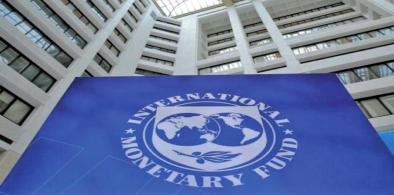
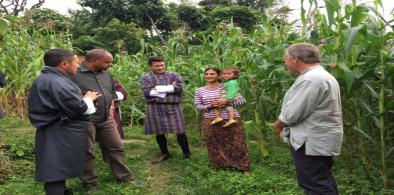
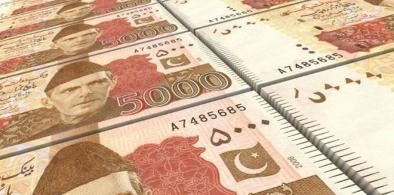
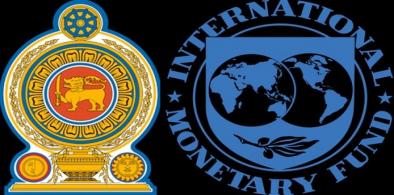

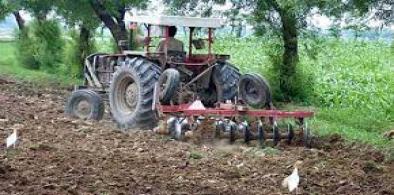
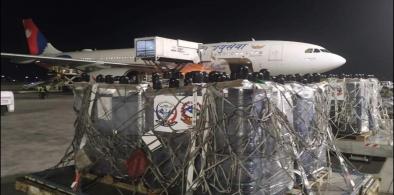








Post a Comment